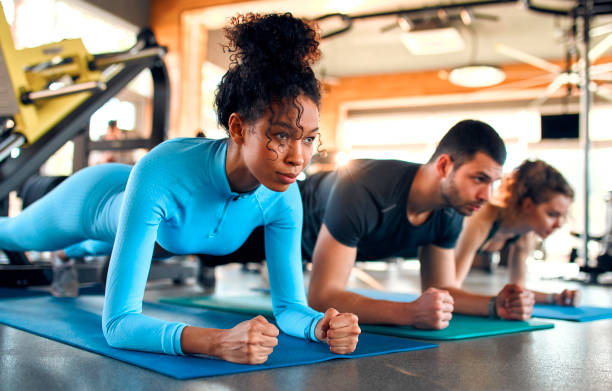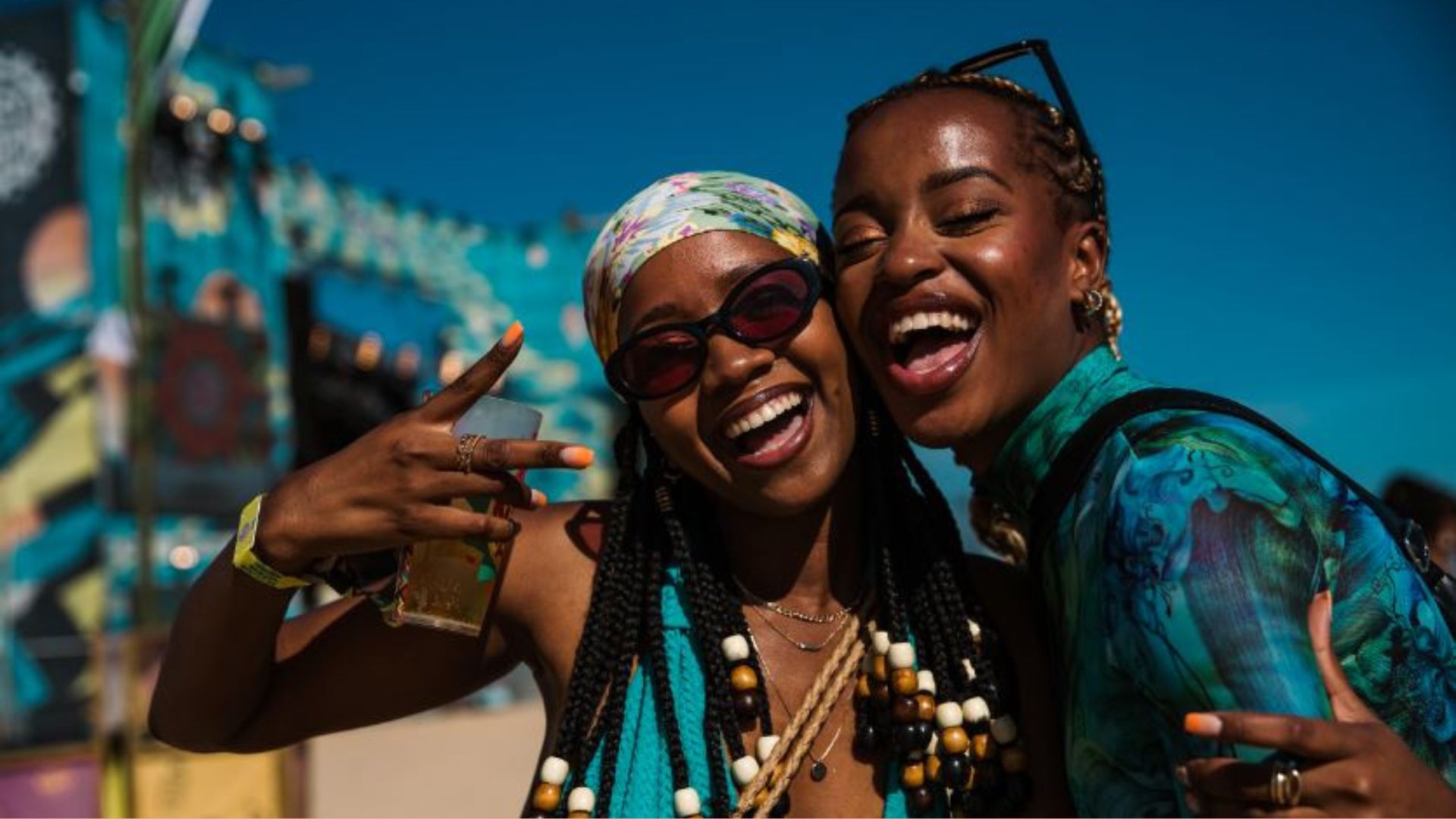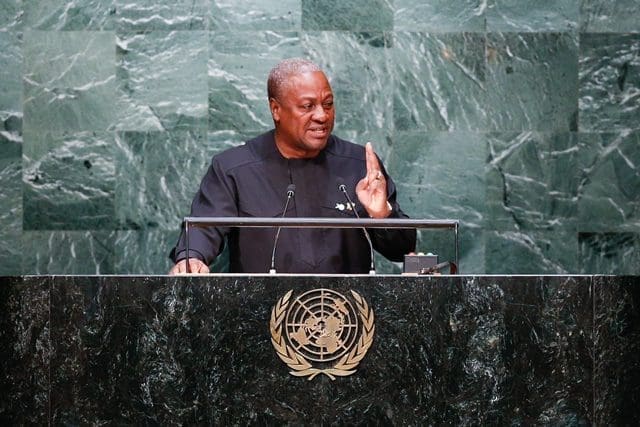Over the past two decades, the global landscape of health, body image, and lifestyle has undergone a remarkable transformation. What was once a niche pursuit limited to athletes, bodybuilders, or health enthusiasts has now become a mainstream cultural movement: the rise of gym culture.
Parallel to this shift is the explosive growth of fitness influencers, individuals who leverage social media platforms to motivate, educate, and entertain millions around the world through their fitness journeys.
This article explores the origins, drivers, and implications of gym culture and the influencer economy it has spawned, particularly among youth populations across Africa and the global diaspora.
I. The Evolution of Gym Culture
From Subculture to Mainstream
Historically, gym culture was largely associated with professional athletes and competitive bodybuilders. In the 1970s and 1980s, figures like Arnold Schwarzenegger and Jane Fonda popularized fitness through weightlifting and aerobics, respectively. However, access to gyms and fitness equipment remained largely limited to wealthier societies.
Fast-forward to the 21st century, and fitness has become democratized. Urbanization, rising disposable incomes, and greater awareness of lifestyle diseases like obesity, diabetes, and hypertension have led to the global proliferation of fitness centers, boutique gyms, and wellness studios. In many African cities like Accra, Lagos, Nairobi, Johannesburg, commercial gyms have become common, serving middle-class populations and increasingly younger demographics.
II. The Social Media Effect: Fitness as Performance
Enter the Fitness Influencer
Social media, particularly Instagram, YouTube, and TikTok, has fundamentally changed the way people interact with fitness. Fitness influencers, everyday people who share workout routines, meal plans, and motivational content have become digital celebrities. These influencers often showcase sculpted physiques, disciplined lifestyles, and aspirational aesthetics, amassing large followings in the process.
Some of the most prominent global influencers, like Chloe Ting, Pamela Reif, Simeon Panda, or Ulisses Jr., have millions of followers and monetize their influence through sponsorships, affiliate marketing, fitness programs, and branded merchandise.
In Africa, influencers like Nigerian fitness coach Kemen, South African trainer Sbahle Mpisane, or Ghanaian athlete Prince Boakye Yiadom have begun to make waves, reflecting a growing local appetite for relatable, regionally rooted fitness content.
III. Why Is Gym Culture Growing?
1. Health Consciousness
The World Health Organization continues to raise alarms about sedentary lifestyles and preventable diseases. As people become more health-conscious, going to the gym has become a proactive step toward physical and mental well-being.
2. Aesthetic Aspirations
Influencer culture has glorified certain body types toned, muscular, lean and people increasingly use gyms as spaces to sculpt bodies that align with these ideals. This has sparked debates about body image, self-worth, and the line between self-improvement and societal pressure.
3. Community and Identity
Gyms have become more than places to work out—they’re hubs of community and self-expression. Gym-goers share workout routines, celebrate progress, and build friendships. For many, the gym is a sanctuary, offering structure, discipline, and purpose in an often chaotic world.
4. Digital Motivation
Fitness challenges, transformation videos, and ‘what I eat in a day’ content create a cycle of inspiration and emulation. The digital age allows even first-time gym-goers to learn proper form, follow meal plans, and track progress using apps and wearable tech.
IV. The Business of Fitness
The fitness economy is now worth billions globally. Personal trainers have become content creators, gyms offer hybrid in-person and online memberships, and influencers release their own branded fitness equipment, apparel, and supplements.
In Africa, this has opened doors to local entrepreneurship. Young Africans are launching fitness studios, organic food brands, and mobile fitness apps tailored to the continent’s unique needs. Influencers often act as brand ambassadors, helping both global and local companies reach fitness-savvy consumers.
V. The Double-Edged Sword of Influence
While the rise of fitness influencers has democratized fitness, it has also led to concerns:
• Unrealistic Standards: Many influencers showcase highly curated lives and genetically gifted bodies, which can lead to anxiety, body dysmorphia, or unhealthy comparison.
• Misinformation: Not all fitness influencers are certified professionals. Some promote extreme diets or unsafe workouts without proper scientific backing.
• Commercialization: Authenticity can be compromised when fitness becomes too commercial, turning health into a commodity rather than a lifestyle.
Consumers must learn to differentiate between qualified advice and entertainment—and approach online fitness content critically.
VI. Looking Ahead: The Future of Fitness Culture
Fitness culture is here to stay, but it’s evolving. More inclusive narratives are emerging—celebrating different body types, ages, and abilities. There’s growing emphasis on mental wellness, body neutrality, and sustainability in workouts and diets.
In Africa, the next wave of influencers is likely to be more homegrown, culturally relevant, and socially conscious. Community-based fitness programs, rural health initiatives, and tech-powered fitness apps may define the next chapter of the continent’s wellness revolution.
Conclusion
The rise of gym culture and fitness influencers is a defining trend of our era—reshaping how people view health, beauty, discipline, and even business. As the movement continues to grow, it is crucial to ensure that fitness remains accessible, empowering, and rooted in evidence-based practices.
Whether you’re a seasoned lifter, a casual jogger, or a beginner just starting out, there’s space for everyone in this global fitness journey. And in a world still recovering from pandemics, stress, and sedentary lifestyles, perhaps there has never been a better time to move physically, digitally, and socially toward a healthier future.














